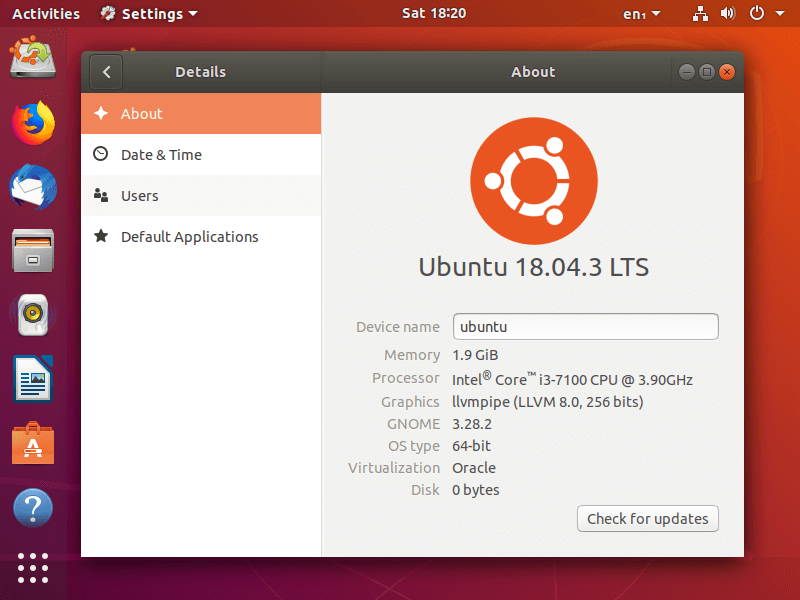


On an arbitrary computer go to Ubuntu 14.10 Download and Ubuntu 14.04 Download page, grab the 64-bit Server Install Image, burn it to a CD, place the CD image to PXE Server DVD/CD drive and mount it on your system using the following command. In order to use this method your PXE server needs a functional CD/DVD drive. Further I will discuss both methods: Using Ubuntu 14.10 and Ubuntu 14.04 CD ISO Image Adding Network Installation Sources for Ubuntu 14.10 and Ubuntu 14.04 to PXE Menu can be achieved in two ways: One is by downloading the Ubuntu CD ISO Image and mount it on PXE Server machine in order to access Ubuntu Netboot files and the other is by directly downloading Ubuntu Netboot archive and extract it onto the system. Step 1: Add Ubuntu 14.10 and Ubuntu 14.04 Server to PXE Menuġ. Install PXE Network Boot Server for Multiple Linux Distribution Installations in RHEL/CentOS 7.Installing Ubuntu or Debian from a PXE Server requires that your client machines must have an active Internet connection, preferably configured through NAT with DHCP dynamic addresses allocation, in order for the installer to pull the required packages and finish the installation process. Also, the process of adding Ubuntu 32-bit sources will be explained but not configured on my premises. Add Ubuntu and Debian to PXE NetworkĪlthough for the purposes of this tutorial, I will only demonstrate how you can add 64-bit Network Installation Images, the same procedure can also be applied for Ubuntu or Debian 32-bit or other architectures images.

This tutorial will guide you on how to add Ubuntu 14.10 Server, Ubuntu 14.04 Server and Debian 7 Wheezy distributions to PXE Network Boot Environment Setup on RHEL/ CentOS 7.


 0 kommentar(er)
0 kommentar(er)
